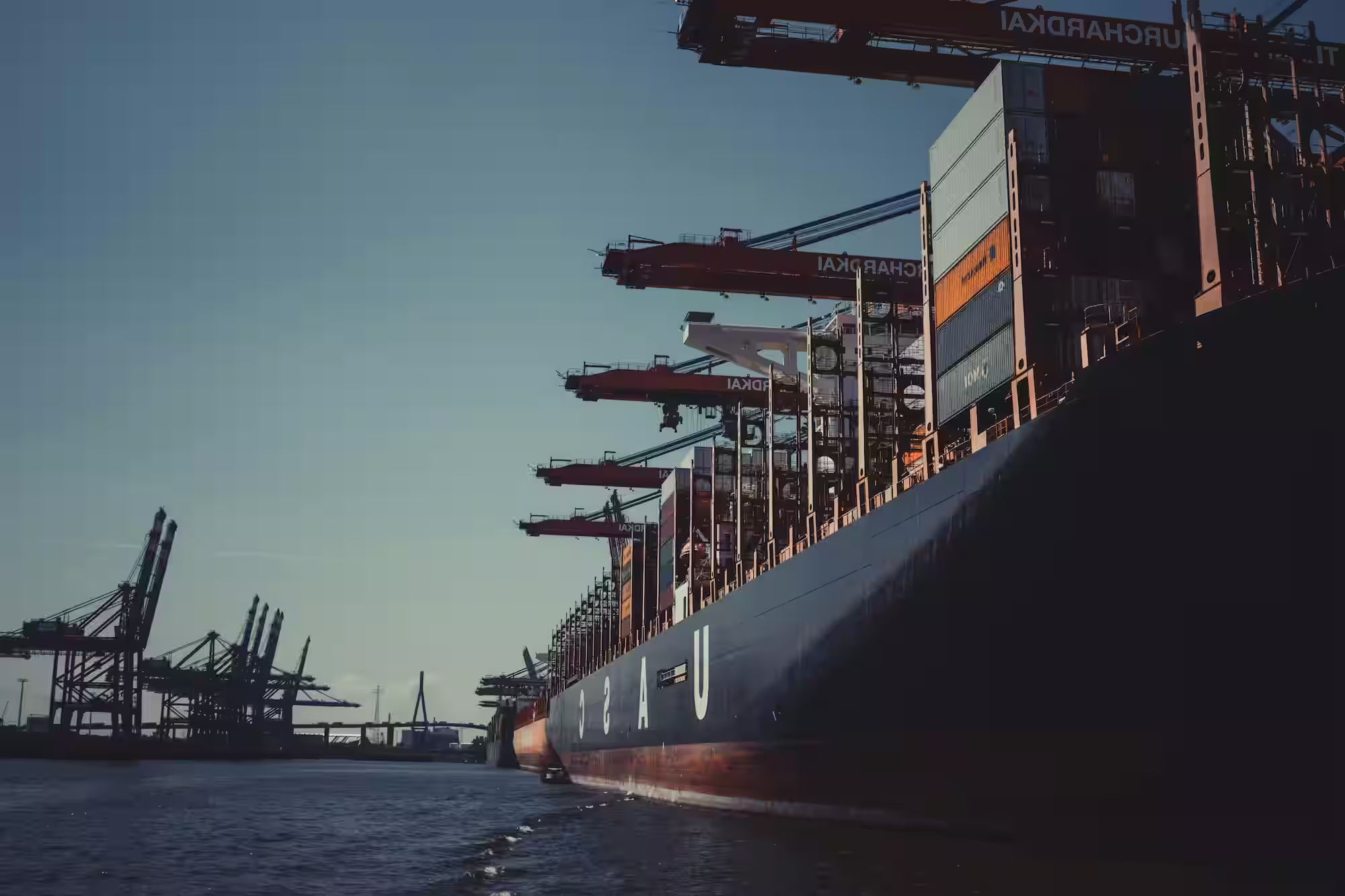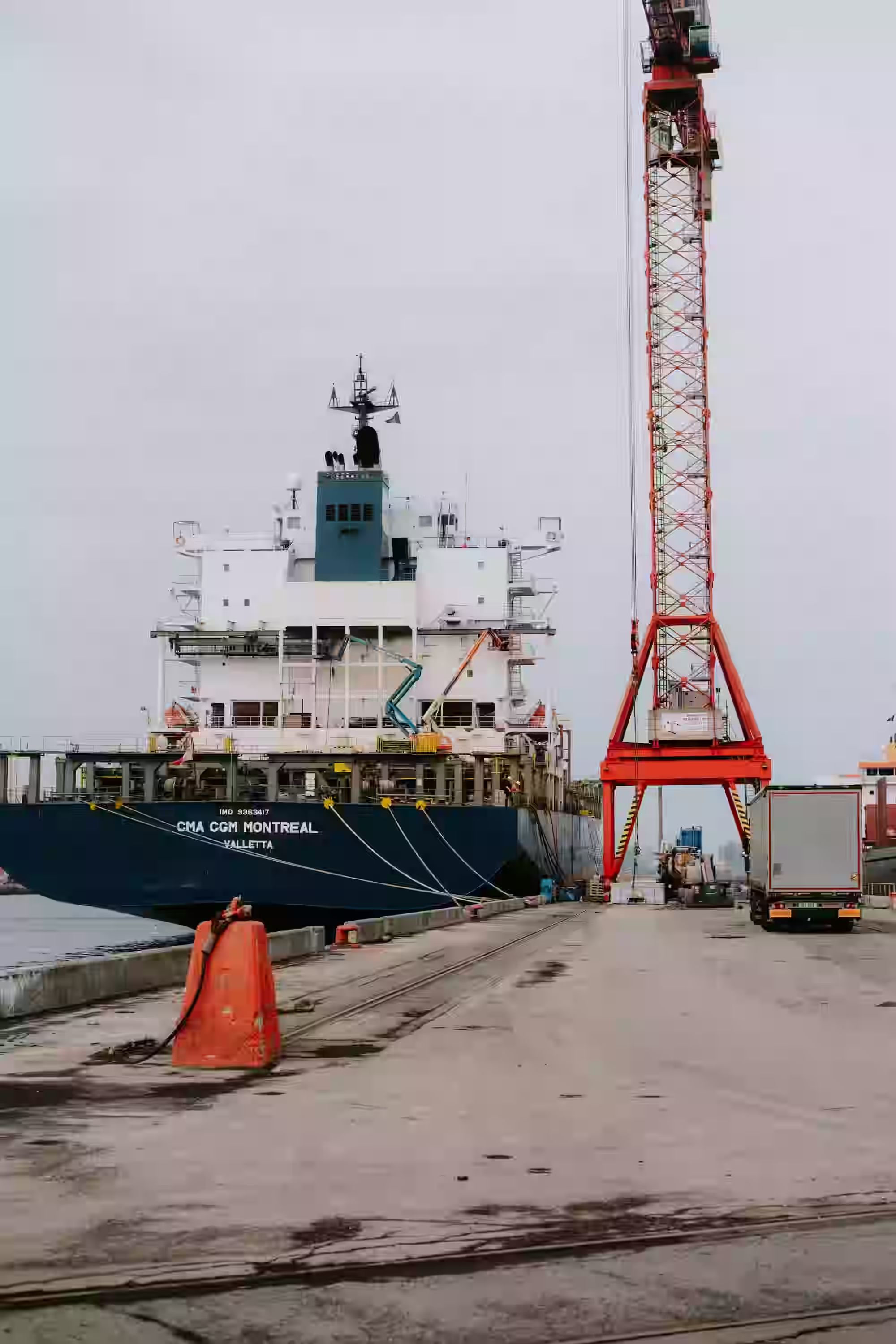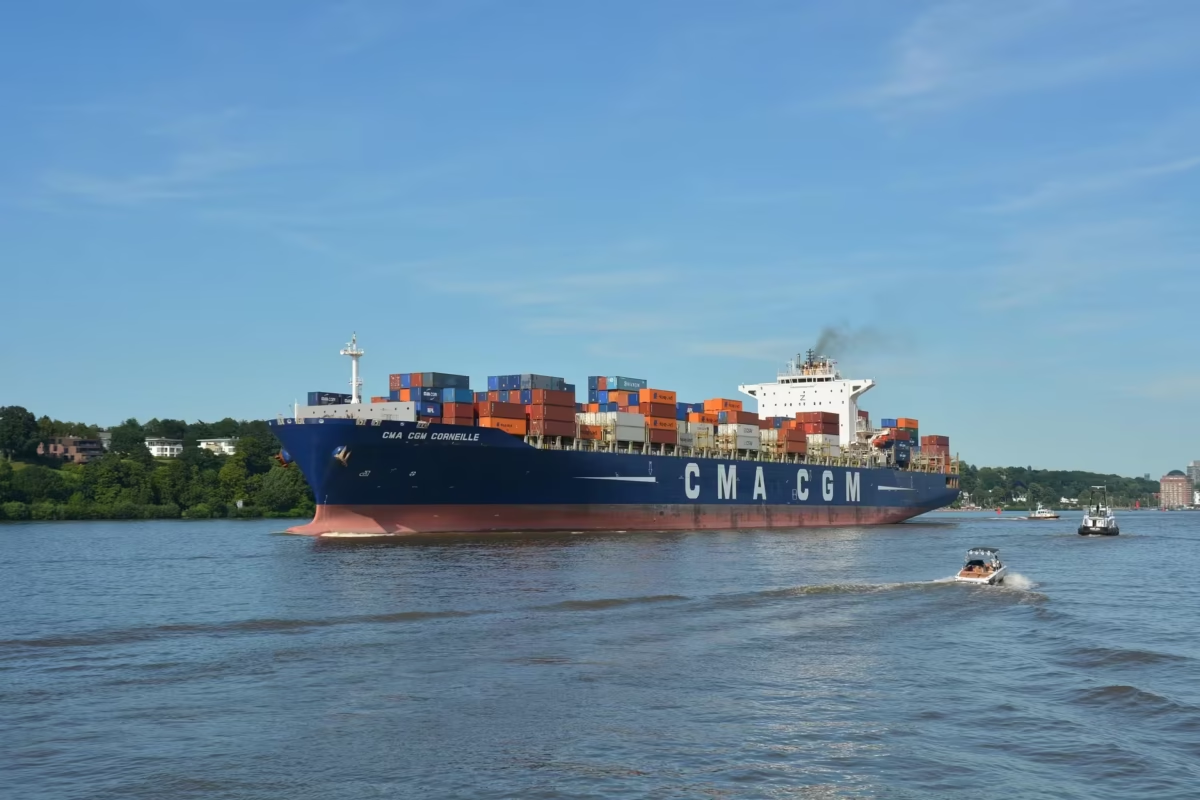

Growing uncertainty in international trade is being fueled both by new trade investigations and by recent court decisions in the United States. On one hand, the Trump administration continues to pursue probes into sectors such as semiconductors, pharmaceuticals, and lumber, which could lead to the imposition of new tariffs in the short term.
On the other hand, independently, the Federal Court of Appeals ruled that certain duties applied under the International Emergency Economic Powers Act (IEEPA) exceed the authority granted to the president by Congress. Although the ruling does not affect all existing tariffs, it opens a legal front that could trigger judicial disputes and add more pressure to an already unstable environment for importers and logistics operators.
Trade tensions and immediate effects
- Trade investigations into sectors such as semiconductors, pharmaceuticals, and lumber could result in new tariffs.
- Relations with China remain tense, with ongoing negotiations following the extension of 30% tariffs on exports.
- Some tariffs on Mexico and Canada, particularly those related to fentanyl, were declared illegal; however, duties on steel, aluminum, and auto parts, as well as penalties imposed on India and Brazil, remain in place and were not affected by the court’s decision.

Ocean freight in free fall
Since July, spot rates between Asia and the United States have dropped by 60% to 70%, after a peak of advance shipments that sought to get ahead of the expiration of certain tariffs. The Baltic Freightos Index shows historic lows on key routes such as Asia–West Coast and Asia–East Coast.
Adding to this trend are reroutings through the Red Sea and itinerary changes to avoid new U.S. port tariffs expected in October. Although some indices, such as the SCFI in the Pacific, have seen slight rebounds, analysts warn this is likely a temporary phenomenon ahead of China’s Golden Week.

E-commerce and the end of “minimis”
The suspension of the de minimis exemption for Chinese imports has reduced B2C shipments to the United States by up to 50%. However, China’s total export volume continues to grow, with a clear shift toward Europe and the United Kingdom.
This shift has doubled the value of e-commerce imports in those markets and reignited the debate over eliminating their own tax exemptions—potentially redefining competition between local retailers and Chinese platforms.
Air freight: adjusting cargo capacity
While ocean transport slows down, airfreight rates to North America have risen by 2%, reaching $5.57 per kilo. This increase reflects a reallocation of cargo capacity across regions, in an effort to balance supply and demand amid regulatory changes and trade tensions.

Conclusión
Global trade is in a phase where every political or legal decision has immediate repercussions on supply chains. For importers, shipping lines, and logistics operators, adaptability and strategic planning will be critical to navigating this unstable landscape.

